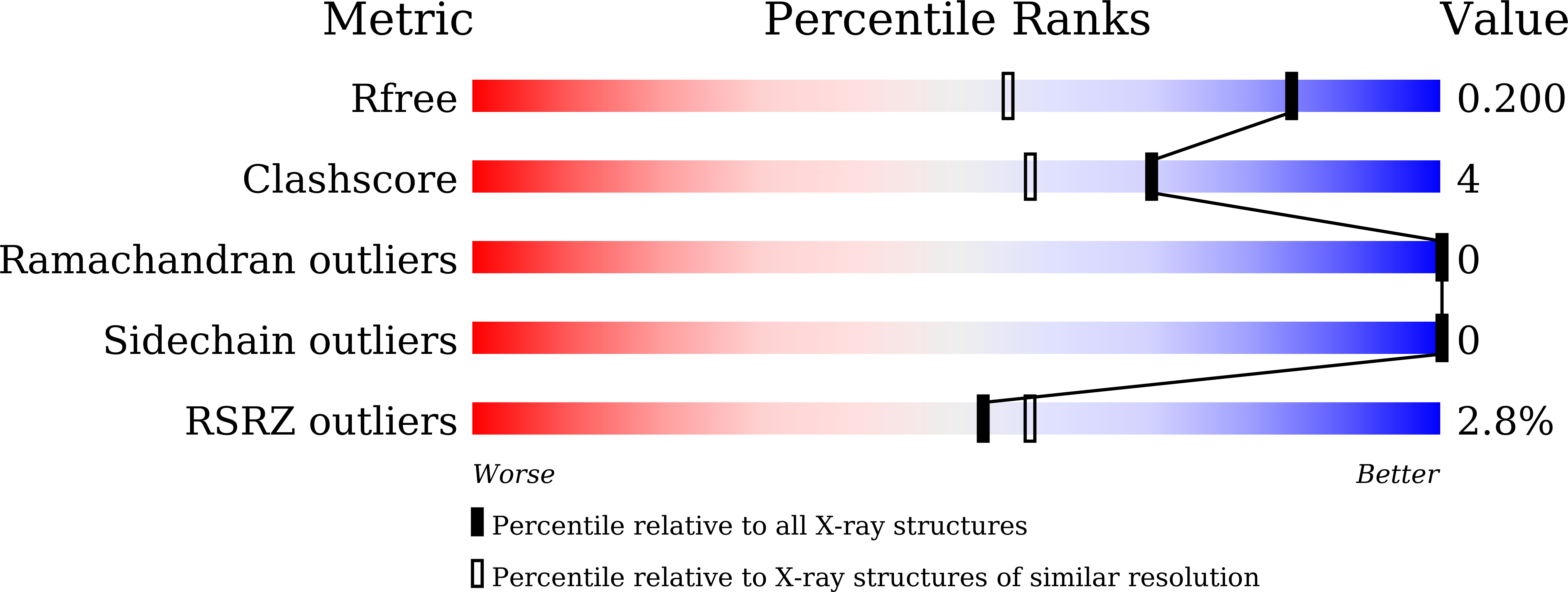Characterization by high-resolution crystal structure analysis of a triple-helix region of human collagen type III with potent cell adhesion activity.
Hua, C., Zhu, Y., Xu, W., Ye, S., Zhang, R., Lu, L., Jiang, S.(2019) Biochem Biophys Res Commun 508: 1018-1023
- PubMed: 30545625
- DOI: https://doi.org/10.1016/j.bbrc.2018.12.018
- Primary Citation of Related Structures:
6A0A, 6A0C - PubMed Abstract:
Collagen is one of the most abundant and important proteins in the human body. Human collagen type III (hCOL3A1) belongs to the fibril-forming collagens and is widely distributed in extensible connective tissue like skin, internal organs, or the vascular system. It plays key roles in wound healing, collagen fibrillogenesis, and normal cardiovascular development in human. The charged residues are considered to be an important characteristic of hCOL3A1, especially for collagen binding and recognition. Here we found that a triple helix fragment of hCOL3A1, Gly489-Gly510, contained multiple charged residues, as well as representative Glu-Lys-Gly and Glu-Arg-Gly charged triplets. We solved the crystal structure of this new fragment to a high-resolution of 1.50 Å and identified some important conformations of this new triple-helix region, including strong hydrogen bonds in interchain and interhelical interactions in addition to obvious flexible bending for the triple helix. We also found that the synthetic collagen peptides around this region exhibited potent activities through integrin-mediated peptide-membrane interaction. We then developed a method to produce a recombinant protein consisting of 16 tandem repeats of the triple-helix fragment of hCOL3A1 with strong activity without cytotoxicity. These results provide a strong base for further functional studies of human collagen type III and the method developed in this study can be applied to produce hCOL3A1-derived proteins or other tandem-repeat proteins with membrane adhesion activity.
Organizational Affiliation:
Key Laboratory of Medical Molecular Virology of MOE/MOH, School of Basic Medical Sciences and Shanghai Public Health Clinical Center, Fudan-Jinbo Joint Research Center, Fudan University, Shanghai, 200302, China.















